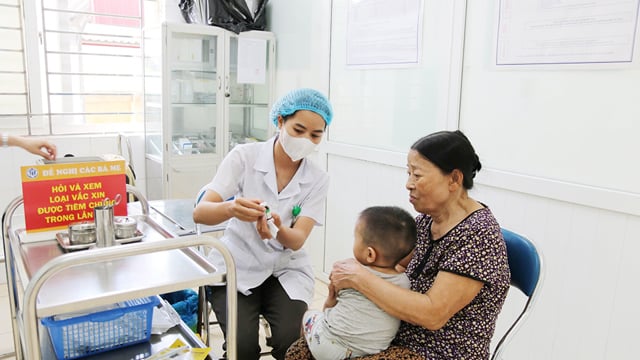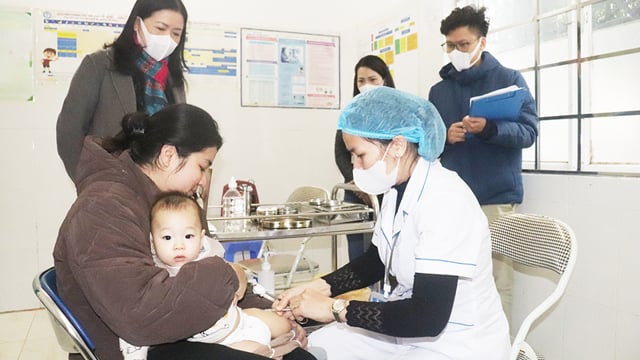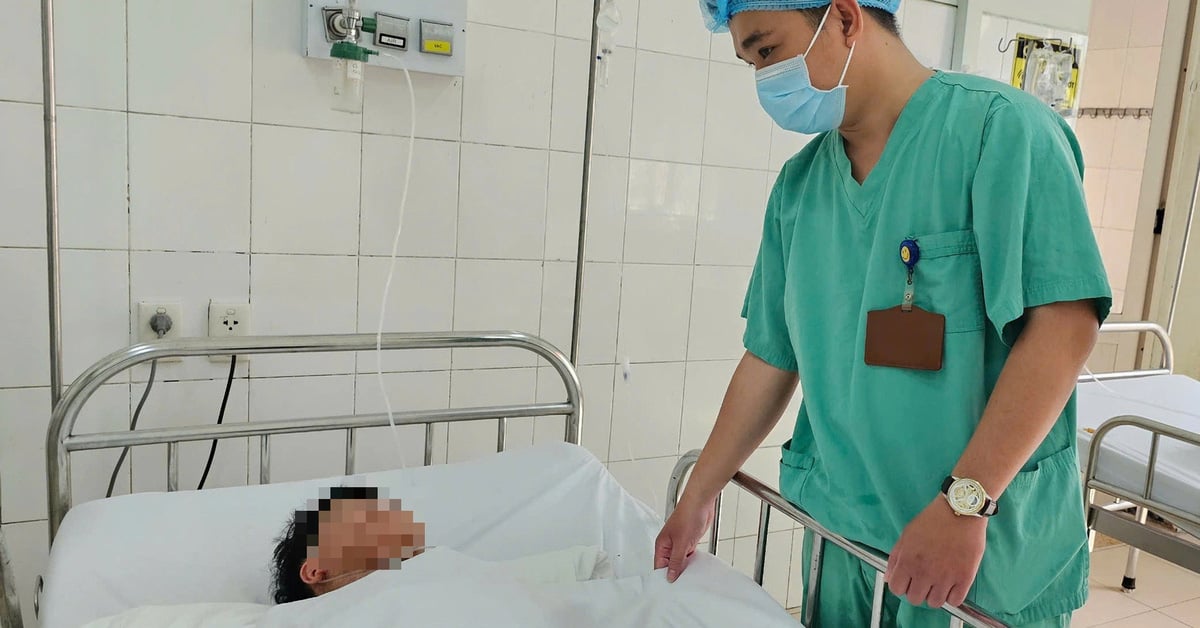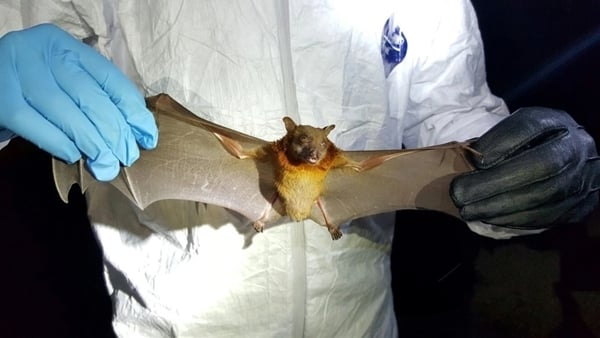Meningococcal disease appears sporadically throughout the year, symptoms are easily confused, leading to late treatment, which can leave serious sequelae.
In mid-June, Ngoc Anh (5 months old) was taken to the hospital by her family for treatment in a state of high fever of 40 degrees Celsius, lethargy, refusal to breastfeed, convulsions, and several star-shaped red hemorrhagic rashes appearing on her skin.
The family said the baby had a high fever and a red rash two days before being admitted to the hospital. The family thought the baby had dengue fever so they bought medicine to treat it themselves. When the illness did not improve, the family took the baby to the hospital. The baby was not old enough to be vaccinated against the disease.
Dr. Phan Thi Thu Minh, Deputy Head of the Department of Pediatrics, Tam Anh General Hospital, Hanoi, said that meningococcal meningitis is an acute infectious disease transmitted mainly through the respiratory tract and causes diseases such as meningitis, sepsis, pneumonia, arthritis, otitis media, pericarditis, etc. Of which, meningitis and sepsis are the two most common and dangerous conditions that can lead to death within 24 hours. If the child survives, he or she may still face serious sequelae such as amputation of limbs, fingers, toes, or brain damage, hearing loss, etc.
People infected with meningococcal bacteria often have symptoms of fever, severe headache, nausea and vomiting, stiff neck, and the appearance of star-shaped purple rashes on the skin after 1-2 days of fever... The appearance of purple rashes, especially on the trunk and legs, is a sign that the patient is severely poisoned and is facing complications of poisoning due to meningococcal meningitis. Cases are often concentrated in autumn, winter and spring. Although summer is not the season for meningitis, cases still appear sporadically, mixed in with purulent meningitis syndrome.
Anyone can get meningococcal disease, but infants and young children are at highest risk. Many cases are diagnosed late and hospitalized when they are already in a serious condition because they mistake the symptoms for flu or dengue fever.

Children are examined at the Pediatrics Department, Tam Anh General Hospital System. Photo: Moc Thao
For example, in early June, the Bac Ninh Center for Disease Control (CDC) recorded two cases of meningococcal disease in Yen Phong district. The children were a 4-year-old boy and a 9-year-old girl, sisters in the same family, who had not been vaccinated against meningococcal disease. At the end of May, the children had symptoms of fever, headache, cough, and runny nose. The clinic prescribed medicine but it did not help.
Afterwards, the children had scattered purpura and necrotizing erythema all over their bodies, accompanied by pain, and had to be transferred to the National Children's Hospital for treatment. Up to now, the health condition of the two children is stable, and no similar cases have been recorded.
According to the CDC Bac Ninh, meningococcal disease has a high rate of complications and mortality (complication rate 10-20%, mortality rate from 8-15%), the rate of asymptomatic carriers is from 5-25%. The disease has the potential to spread into an epidemic, so we have monitored and implemented epidemic prevention measures as soon as cases appear.

Family vaccinates children against meningococcal disease at VNVC. Photo: Moc Thao
Dr. Bach Thi Chinh, Medical Director of the VNVC Vaccination System, said that preventing meningococcal meningitis is very important to reduce the incidence of infection. Recommended measures include personal hygiene such as frequent hand washing; disinfecting the throat and mouth; eating nutritious foods, exercising to improve physical health; and regularly cleaning the living and working places. People should go to the doctor when they have signs of suspected infection. For those who have been exposed to the source of the disease, the doctor may prescribe preventive medication.
To prevent the disease, the effective and proactive measure is vaccination. There are 13 different groups of bacteria that cause the disease, of which the most common are A, B, C, X, Y, Z and W135. There are currently preventive vaccines for groups A, C, Y and W135, indicated for children 2 years of age and older. Doctor Chinh recommends that families understand the importance of vaccines so that they can vaccinate their children early.
At VNVC, vaccines such as Prevenar 13 (Belgium) and Synflorix (Belgium) prevent diseases caused by pneumococcus; VA-Mengoc-BC (Cuba) and Menactra (USA) prevent diseases caused by meningococcus; 6 in 1 Hexaxim (France) and Infanrix Hexa (Belgium), Quimi-Hib (Cuba) prevent diseases caused by Hib bacteria. All vaccines are proven to be effective, safe, create active immunity for the lungs and respiratory system, prevent co-infection with many diseases, reduce severe progression and death.
Chile
Source link









































![[Photo] Prime Minister Pham Minh Chinh chairs Government Conference with localities on economic growth](https://vstatic.vietnam.vn/vietnam/resource/IMAGE/2025/2/21/f34583484f2643a2a2b72168a0d64baa)



























































Comment (0)